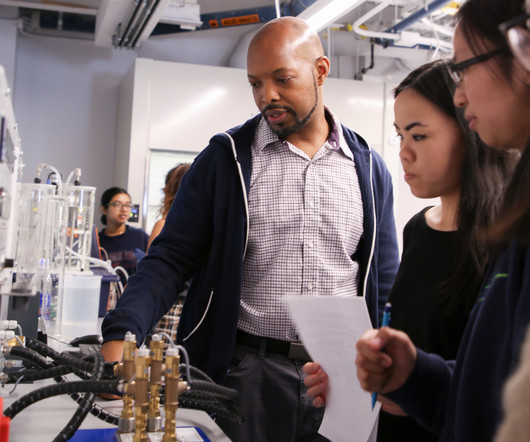Monash study on solar-driven electrolysis for green hydrogen production cautions on life-cycle emissions and EROI
Green Car Congress
AUGUST 23, 2021
Researchers at Monash University in Australia have conducted a lifecycle analysis and net energy analysis (LCA/NEA) of a hypothetical large-scale solar-electrolysis plant for the production of green hydrogen. Taking IRENA’s REmap scenario as a reference, renewable hydrogen could deliver 5% of total final energy demand in 2050.








































Let's personalize your content